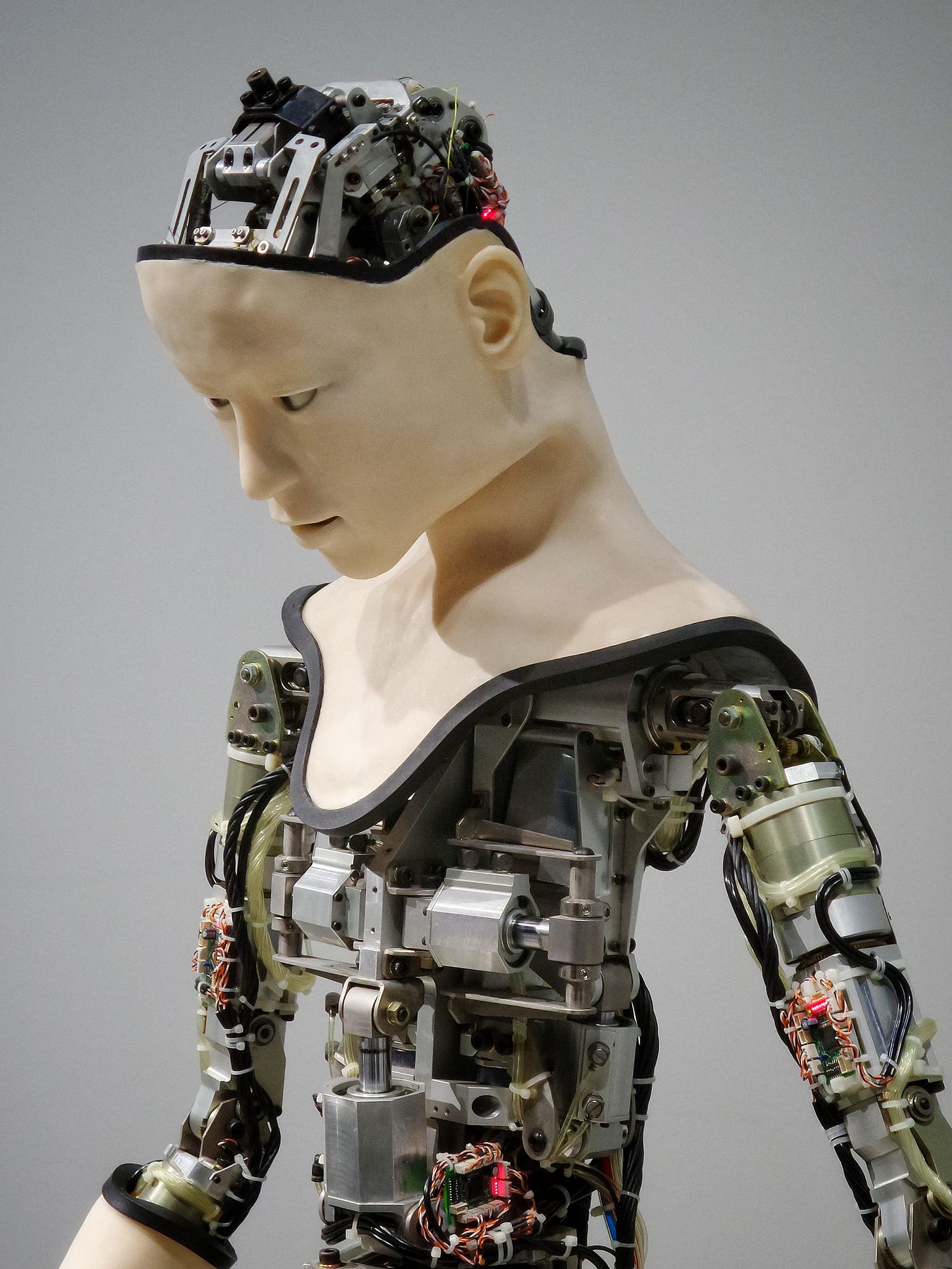When we consider how relationships are formed, it starts to be conceivable that candidates, humans,...
The Talent Data Platform
by Shane Gray
Last week, I took a break from AI work to ponder the difficulties of managing data across different systems. This led me to explore Customer Data Platforms (CDPs) and how a similar unified recruitment data solution could be valuable. Researching CDPs showed the power of consolidating information into one centralized database to gain insights and improve experiences and of course I ended up back in the world of recruiting…
Understanding and engaging candidates can be challenging. Their job searches span multiple platforms and channels. Industry changes around privacy have also complicated recruiters' efforts to build and maintain relationships.
Meanwhile the hiring landscape is more competitive than ever. Candidates have countless options and expect personalized experiences. At the same time, privacy regulations limit access to third-party data, and economic uncertainty demands efficient recruiting.
We've seen recruitment technology evolve substantially over the last decade with innovations in ATS and CRM systems. However, there remains untapped potential in leveraging candidate data to create more personalized and impactful experiences.
What should a platform tailored for talent acquisition data - a way to bring together sourcing metrics, candidate profiles, resumes, assessments, and other recruitment inputs potentially look like?
To meet modern hiring challenges, organizations need new ways to better understand, profile, engage, and build relationships with candidates across channels. Platforms like Eightfold, Beamery and Findem provide solutions that are somewhat analogous to the aformentioned customer data platforms that have become ubiquitous in the world of sales and marketing.
However, there is still progress to be made in this area due to the gravitational pull of HRIS systems as the traditional source of people data in many organizations. While a Talent Data Platform (TDP) shows promise in creating more complete candidate profiles by unifying data from career sites, job boards, assessments and more, integrating this external data into or from legacy HR systems remains an obstacle.
However, I believe that the push needed to fully integrate talent data platforms with HRIS systems will be worth the effort. Unifying and activating data from sources like career sites, job boards, assessments, and more, a Talent Data Platform could create complete talent profiles that recruiters can use to deliver hyper-personalized, omnichannel experiences that convert candidates to hires.
They can do this by connecting data across multiple platforms and channels. This complete picture allows for data-driven recruitment strategies that enhance experiences and relationships through relevant, timely interactions.
With privacy as a priority, TDPs can activate first-party data that candidates have consented to share. These contextual insights on candidates' interests, skills, and preferences enable personalized outreach, career site engagement, application support, and more. And by centralizing candidate data from all touchpoints, TDPs break down recruiting silos. Shared talent profiles give recruiters, hiring managers, and interviewers the complete view needed to make data-driven decisions quickly.
In today’s high-stakes hiring landscape, recruitment teams need every advantage to find, engage, and hire top talent ahead of the competition. They can provide this advantage by revealing what makes candidates unique and delivering personalized experiences that excite candidates and convert them to hires.
Let's begin with 8 Data-Driven Designs to Enhance the Candidate Experience and see how a Talent Data Platform could make every interaction count, from initial outreach to onboarding.
Design 01: The Engagement Builder
Connect candidate touchpoints across channels like job boards, events, referrals, and more to form unified profiles. Derive insights on engagement preferences. Activate data to deliver personalized outreach across candidates' preferred channels.
Design 02: The Efficient Recruiter
Connect and unify candidate data then build high-value audiences for strategic job posting partners. Suppress advertising to irrelevant or unqualified candidates. Send targeted job ads to qualified candidates to make the most of your recruiting budget.
Design 03: The Career Guide
Connect career site behavioral data like searches and page views to build candidate interest profiles. Activate these profiles to display relevant jobs, salary info, culture content, and more when candidates visit your site. Personalized experiences keep candidates engaged.
Design 04: The Application Assistant
Connect candidate assessment data and use AI to score candidates and predict job fit. Activate data to offer personalized application help like relevant openings and interview prep content. Smooth applications lead to more hired candidates.
Design 05: The Interviewer Insight
Connect previous interview and assessment data to surface candidate highlights, challenges, and talking points for recruiters before interviews. Activate data in apps to help recruiters customize question plans. Insights result in more informed interviews.
Design 06: The Performance Optimizer
Connect hiring metrics to intelligence tools to analyze and optimize sourcing-to-hire performance. Continuously improve targeting, personalization, and experiences. Higher efficiency and results come from optimized recruiting.
Design 07: The Onboarder
Connect new hire data and use it to tailor onboarding steps. Coordinate pre-start tasks like equipment and system access based on role needs. Deliver personalized welcome packs. Data-driven onboarding excites and engages new hires.
Design 08: The Ambassador Builder
Connect new hire surveys and organizational data to gauge engagement and sentiment. Identify unhappy hires early and reduce attrition risk. Activate data to deliver personalized re-engagement campaigns bringing new hires back on track through mentorship programs, growth opportunities, and more.
Conclusion
Though current tools remain fragmented, the vision of integrated Talent Data Platforms points the way forward. When recruiters have complete context about people, they can have more human conversations that resonate. This drives results across the applicant-to-alumni journey by aligning candidates' dreams with the company mission. The next generation of smart, consolidated HR data is key to personalized experiences at scale.
.png?width=1200&height=450&name=logo%20(1).png)





